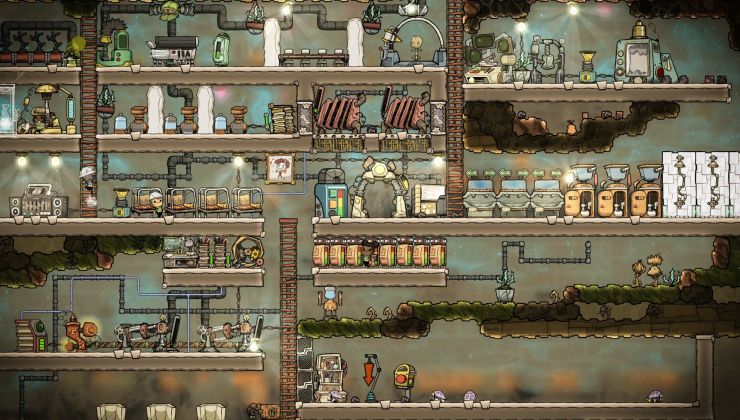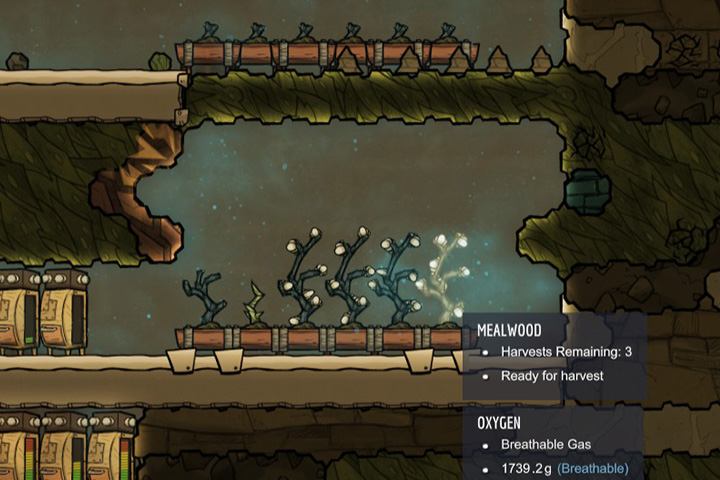

Provides grants to implement non‑digester practices that reduce methane emissions at dairy and livestock operations.
OXYGEN NOT INCLUDED FARM UPDATE
While GHG reduction estimates for DDRDP are significant, there are key assumptions that likely overstate these GHG benefits, such as not considering the effects of other state and federal programs that also incentivize the use of digesters.ĭirect CARB to update its GHG quantification methodology to more accurately estimate the GHG benefits associated with DDRDP.Īlternative Manure Management Program (AMMP). Provides grants to dairy operations and developers for the implementation of digesters that result in methane emission reductions. Summary of Major Findings and Recommendationsĭairy Digester Research and Development Program (DDRDP).

The figure below provides an overview of our major findings and recommendations for each program. However, we find that in many cases, these costs would be modest compared to the amount of total state spending on these programs and could be covered within departments’ existing research programs or future program augmentations. Additional evaluation and research activities likely would result in additional state costs.

Improved information could then be used to help the Legislature target limited state funding to cost‑effectively achieve its policy goals-that is, to maximize GHG and methane reductions at the lowest cost possible. To the extent the Legislature continues to fund these programs, we recommend that state departments be directed to conduct additional evaluation and research to better assess the GHG benefits. However, we also find that-for varying reasons-the magnitude of GHG benefits estimated for each program could be overstated. Overall, we find that each of the four programs assessed in this report have significant potential to provide GHG benefits as intended. Overarching Takeaways From Review of Major Agricultural Programs. (The 2021‑22 budget included an additional $340 million over two years for these programs.) Through 2020‑21, the state has provided a total of $383 million to support projects from these programs, and CARB estimates that the projects funded to date provide a total of 2.5 MMTCO2e benefits annually. In this report, we assess the following programs, which are administered by the California Department of Food and Agriculture: (1) Dairy Digester Research and Development Program, (2) Alternative Manure Management Program, (3) Healthy Soils Program, and (4) State Water Efficiency and Enhancement Program. The state has several programs within the agricultural sector that aim to reduce emissions and sequester carbon. Several State Agricultural Programs to Reduce GHG Emissions and Sequester Carbon. Most-about 70 percent-of the emissions from the agriculture sector are methane emissions from livestock. The California Air Resources Board (CARB) estimates that agriculture is responsible for the emission of 32 million metric tons of carbon dioxide equivalent (MMTCO2e), making it the fifth largest source of California’s GHG emissions. In this report, we assess the effects of the major programs within the agricultural sector that are aimed at reducing emissions and sequestering carbon, as well as make recommendations to the Legislature that, if implemented, could help inform its future policy and budget decisions.Īgriculture Is Significant Source of GHG Emissions. Garcia) requires our office to annually report on the economic impacts and benefits of California’s greenhouse gas (GHG) reduction targets.


 0 kommentar(er)
0 kommentar(er)
